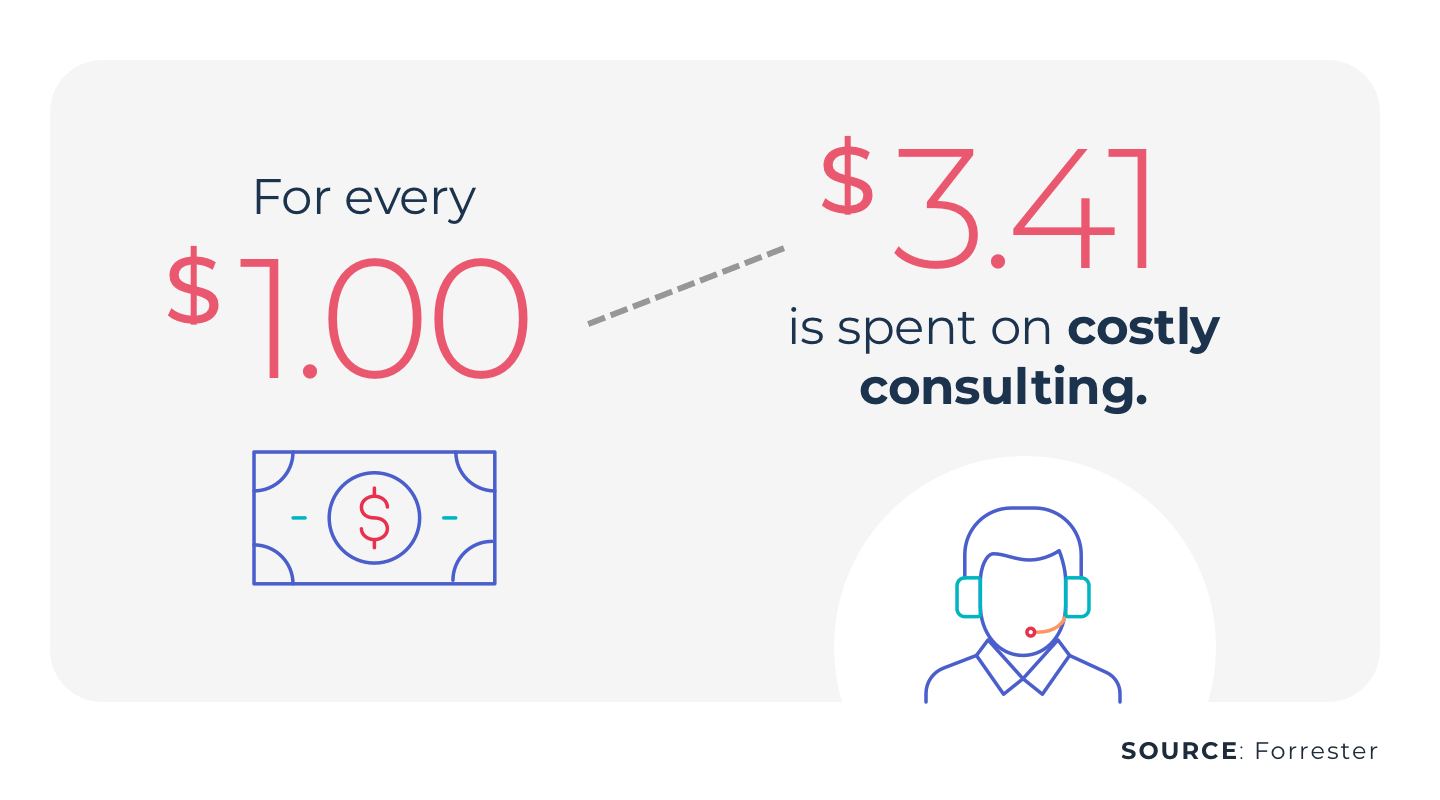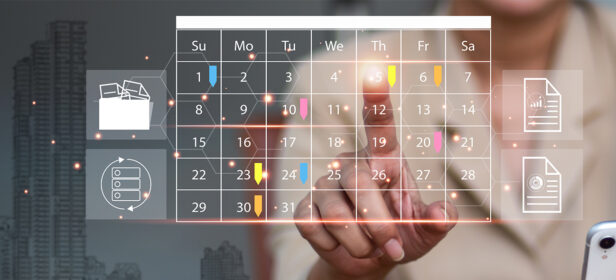The Gist
The COVID-19 pandemic has made it clear the healthcare revenue cycle is a fragile, yet incredibly important, piece of the health system. Automation can give the healthcare revenue cycle the resilience it needs to weather a pandemic. But, will implementing automation impact existing workflows? With the right approach to automation, you can have a seamless experience with little-to-no interruptions.
To say that the last three months have thrown an unprecedented amount of change to revenue cycle leaders would be a pretty significant understatement. Now, more than ever, is the time to look for ways to harden the revenue cycle against events like a pandemic.
We are at an inflection point where artificial intelligence (AI), machine learning (ML), and robotic process automation (RPA) can provide healthcare organizations with the capabilities needed to better weather these events. Obviously, computers don’t need to be furloughed when volumes drop, and they also don’t need lengthy onboarding when volumes return.
Ultimately, automation solutions can help drive down the cost-to-collect.
The Current Approach to Automation
Many revenue cycle leaders have already started to embrace RPA technology. There is a multitude of RPA providers in the market who are more than ready to sell you some technology. However, there are some major considerations organizations need to keep in mind before investing in RPA.
Traditional RPA is capable of handling linear tasks, but often struggles with changes. This means it requires constant monitoring for changes to all of the applications where they are deployed. If a workflow changes, traditional RPA often struggles or stops entirely.
Every upgrade and process change will also require updating your RPA bots. This is a significant, long-term resource commitment, whether from your team or your vendor. And, because software and business process changes are often impossible to anticipate and plan for, budgeting and planning for RPA maintenance expenses is likewise often impossible to estimate.
As a result, it’s important you find an automation vendor who goes beyond RPA — otherwise you should expect issues with downtime and the costs that come with it.
The Challenge With the Current Approach
When considering how and where to apply technology, we need to look for ways to provide automation without disrupting staff or requiring a massive overhaul of business processes.
In order to deploy RPA, organizations will either hire new staff who are tasked with developing the bots or they will hire outside consultants. Then, these teams will invade the business office to “watch and learn” the processes that need to be automated. Process maps are then generated, standard workflows are modified, and finally the bots are created and deployed.
Unfortunately, even after these herculean efforts, a significant portion of work will remain undocumented and numerous exceptions will require ongoing intervention from staff.

A Better Way to Automate the Revenue Cycle
AKASA has created a new approach to automation that has been purpose built for healthcare revenue cycle operations called Unified Automation®. This approach is built on three pillars:
Observe
First, instead of relying upon armies of consultants and engineers distracting your staff to watch what they do, we have created the ability to autonomously perform the observation and documentation process. Our proprietary software captures multi-modal data to get a 360 degree view of all workflows, not just a fraction of them.
Perform
Next, our automation performs the work based on the data captured and labeled during observation. As the AI works, it assigns itself more and more work, learning more with each task completed. Because our automation sits upstream in your workflow, your team never has to interact with it.
Ensure
Lastly, our revenue cycle experts-in-the-loop ensure the work is completed in the event the automation encounters an edge case. Our team tackles the task, training the automation at the same time. The work’s always completed, 24/7.
Unified Automation seamlessly brings these three elements into a single solution. It provides an unbreakable solution that does not disrupt staff and enables teams to focus on the work that returns the greatest value to their organizations.
Because our solution works out of existing work queues, reassigning the work it can complete to itself, the only adjustment teams may notice is that their work queues grow smaller and smaller over time.
We’ve developed special machine learning algorithms to automatically detect and learn to be robust to outlier data. We’ve found that machine learning can actually achieve superhuman accuracy by detecting and ignoring bad data, and by combining good data from different sources.
In this way, our Unified Automation platform provides revenue cycle leaders with super powers when it comes to accuracy. And, with continuous learning built in, Unified Automation provides peace of mind, always.
Securing a Better Future With Automation
Navigating the COVID-19 pandemic is clearly going to have lasting impacts on just about every element of our lives. How we approach the revenue cycle is necessarily evolving as well. We expect patient volumes to continue to be very volatile, as patients come back for various services in waves. We have seen any number of experienced revenue cycle team members simply retire instead of trying to figure out how to work at home.
While much of our future may be difficult to predict, staffing challenges, volatility in work volumes, and significant shifts in the payer mix are likely to continue for the foreseeable future. These dynamics are in many ways serving as an impetus to invest now in new solutions – solutions that can scale up and down as business demands.
There has never been a more critical time to leverage what AI and machine learning can do to drive down the cost-to-collect and infuse your revenue cycle operations with resiliency and flexibility for the future.
See how AKASA’s Unified Automation can help you navigate the increasing complexity of healthcare and schedule a free demo today.











